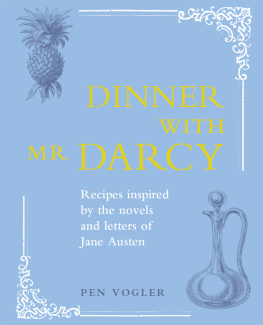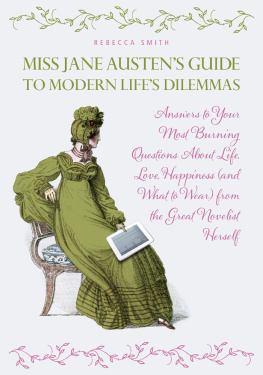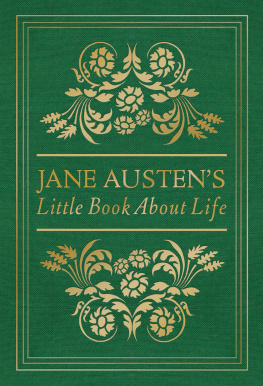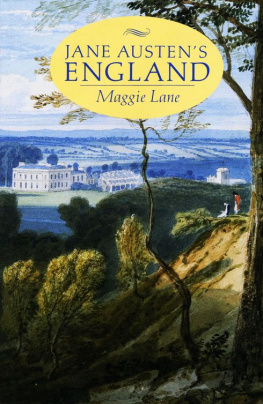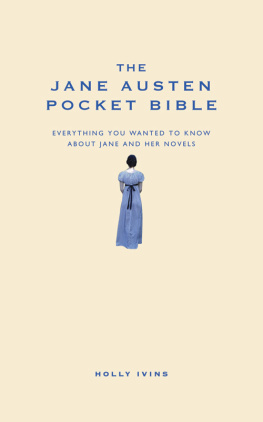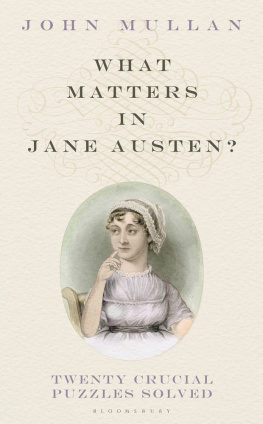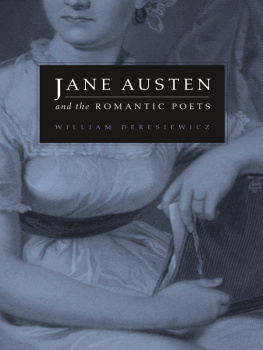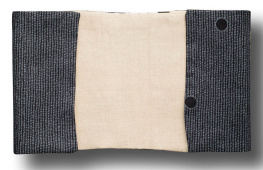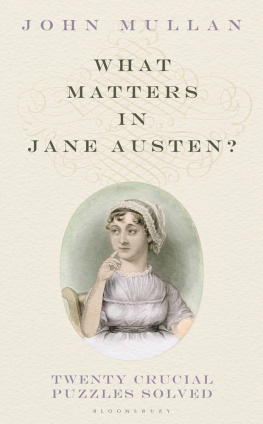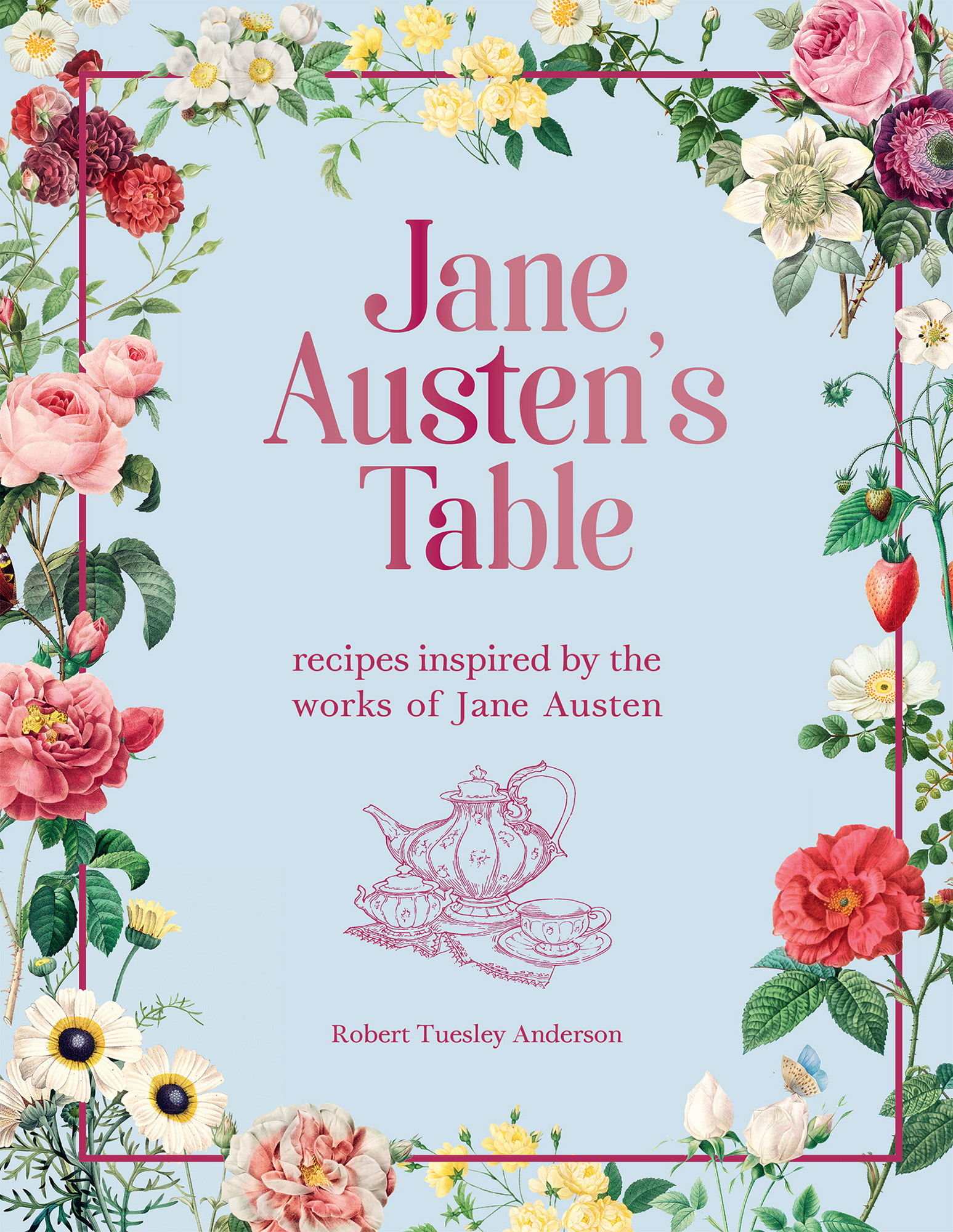Contents
Guide
Jane Austens Table
Recipes Inspired by The Recipes Inspired by Works of Jane Austen
Robert Tuesley Anderson
For my wonderful, beautiful mother, Carole Ann, who loved Austen and good food alike.

Thunder Bay Press
An imprint of Printers Row Publishing Group
9717 Pacific Heights Blvd, San Diego, CA 92121
Copyright Octopus Publishing Group, 2021
Text copyright Robert Tuesley Anderson, 2021
All rights reserved. No part of this publication may be reproduced, distributed, or transmitted in any form or by any means, including photocopying, recording, or other electronic or mechanical methods, without the prior written permission of the publisher, except in the case of brief quotations embodied in critical reviews and certain other noncommercial uses permitted by copyright law.
Printers Row Publishing Group is a division of Readerlink Distribution Services, LLC.
Thunder Bay Press is a registered trademark of Readerlink Distribution Services, LLC.
Correspondence regarding the content of this book should be sent to Thunder Bay Press, Editorial Department, at the above address. Author and rights inquiries should be addressed to Pyramid, an imprint of Octopus Publishing Group Ltd., Carmelite House, 50 Victoria Embankment, London, EC4Y 0DZ
www.octopusbooks.co.uk
Thunder Bay Press
Publisher: Peter Norton Associate Publisher: Ana Parker
Editor: Dan Mansfield
Acquisitions Editor: Kathryn Chipinka Dalby
Produced by Pyramid
Publisher: Lucy Pessell
Editor: Sarah Kennedy Designer: Hannah Coughlin
Editorial Assistant: Emily Martin
Recipe Development: Jane Birch
Production Controllers: Nic Jones and Lucy Carter
eBook ISBN: 978-1-6672-0200-6
eBook Edition: March 2022
Introduction

T he characters in Jane Austens novels belong to the well-to-do, leisured gentry and, even when thrown into straitened circumstances like the Dashwoods in Sense and Sensibility (1811), spend much of their time socializingand, consequently, eating and drinking.
Alongside the everyday round of breakfasts, teas, and family dinners we find a profusion of more formal meals and rout suppers, and evenin perhaps the most famous scene in all of Austenan idyllic summertime picnic. This last takes place in Emma (1815), where the whirl of social engagements and the meals that accompany them seem to preoccupy the characters more than in any of the other novels.
The food served up to us in the pages of Austens fiction closely reflects the rich, heavy fare commonly eaten by the landed gentry in what can be loosely termed the Regency period (roughly 17951837). Ingredients were necessarily almost all local and seasonal, with the produce for the kitchen largely sourced from a surrounding estate or from an adjoining vegetable garden. More exotic foodstuffs like sugar, coffee, tea, chocolate, and spices as well as tropical fruits such as the pineapple were imported from the expanding British colonies but were, of course, expensive even for the rich.
The extravagance of the Georgian dinner table was only partly about sustenance; it was alsoand especially in the context of entertainingabout status: the plain old showing off of wealth, consumption, and good taste. The aspirational Mrs. Bennet in Pride and Prejudice (1813), a good few steps down in social rank than her new neighbor, Mr. Bingley, is at pains to show that her dinners are as good as, if not better than, hisdespite (or because of!) the French-inflected pretensions of his cooks.
It is for social aperus like this and to highlight her characters foibles that Austen most often uses food in her novels. Meals and ingredients are rarely described sensuallyAusten was no gourmand, no Regency Colette; she was, above all, a realist and describes food in a matter-of-fact way, even while freighting it with symbolic, ironic, or humorous meanings. Thus, when Emma Woodhouse, queen of the Highbury social scene, sends her rival, the slightly ailing Jane Fairfax, a packet of expensive arrow-root (which was used to make the jellies given to invalids), she is really drawing attention to her rivals subordinate, impoverished position, and when Miss Fairfax coolly sends back the same with a thousand thanks, she is asserting her independence and her refusal to be patronized.
We do not have to rely only on the novels themselves when looking for evidence for how Austen and her contemporaries ate. The writers surviving letters provide a rich treasure trove of domestic detail (we learn, for example, of Janes role in making the family tea and cocoa in the morning) as do, crucially, the two surviving receipt books associated with the Austen family: one created by Martha Lloyd, who lived with Jane Austen and her mother and sister at their cottage in Chawton, and the rather grander one associated with Janes brother, Edward Austen Knight, who owned the nearby landed estate, Chawton House. In addition, the Georgian period saw plenty of professionally published cookbooks, the most famous of which, Hannah Glasses best-selling The Art of Cookery Made Plain and Easy (1747), was still widely in use in Austens time.
In this book, we have mined all these sources to bring readers a sumptuous array of recipes that capture the spirit and verve of the food of Austens world, but adapted and reimagined to suit our modern taste for lighter, healthier, more convenient dishes (Regency dishes were often labor- as well as calorie-intensive!). Here you will find modern recipes for everything from Mansfield Wood Roast Pheasant and Mary Musgroves Meat Platter to Dr. Grants Sandwiches, from General Tilneys Hot Chocolate to Rout Cake and Dowell Abbey Summer Berry Delice. The recipes are arranged according to the principal Georgian mealsbreakfast and dinneraccompanied by additional chapters devoted to Nuncheons, Tidbits & Picnics; Ices, Cakes & Puddings; and Routs & Balls.
While we may not have the leisure, time, or money of an Emma, an Elizabeth, or even an Elinor to dine in truly Jane Austen style, a little of its opulence and a little of its romance can never really go amiss at our modern meals. This book will show you how.

T here are very few breakfast scenes in Jane Austens novels. Perhaps this was because of the novelists sense of propriety; after all, breakfast wasand still isthe most intimate and private of meals, taken when a household was still in mufti, so to speak, not quite ready to face the day and for the round of visits and visitors this might entail.
While for most ordinary men and women of the Georgian period breakfast was often a hearty affair featuring bread, meat, and ale, eaten early to get the working day off to a good start and on a full stomach, for the gentry breakfast was typically much lighter and certainly more leisurely, taken as late as ten or eleven oclock. In the cottage at Chawton, Hampshirewhere Jane Austen wrote her last three novelswe know that the writer, her mother, and her sister ate little more than tea and toast for the meal, and that only after an hour or two of small chores, a short country walk, or even a round of letter writing. Jane Austen, for example, fitted in an hours practice at the pianoforte before she set about making the familys tea.


